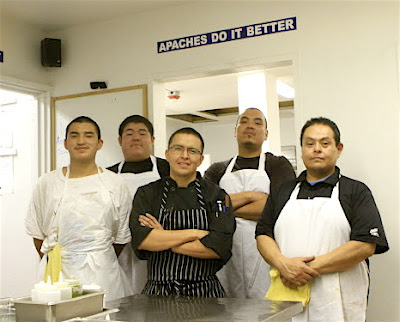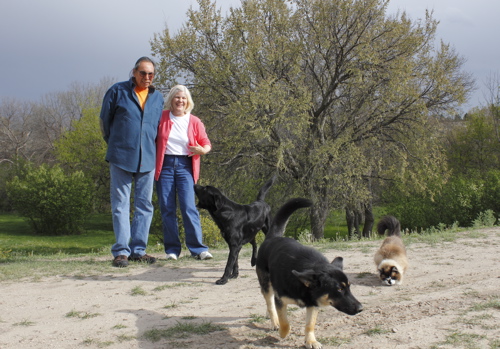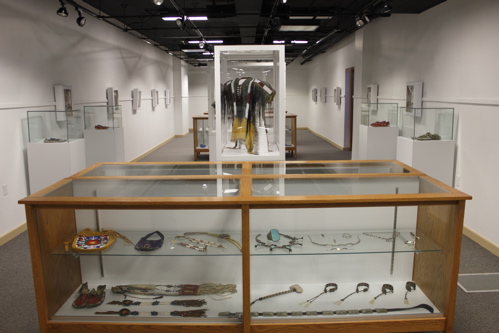Apache Chef Nephi Craig Plans Native-Foods Conference

Published in Indian Country Today in 2012. For more on topics like this, see my book, American Apartheid: The Native American Struggle.... N ephi Craig, executive chef of the fine-dining restaurant at the White Mountain Apache Tribe’s Sunrise Park Resort Hotel, has put out a call for proposals for an early-November indigenous food-and-culture conference. It will take place at the resort, near Greer, Arizona. The setting is the glorious high-desert mountains of northern Arizona, with vast, gaping valleys and soaring mountains dotted with juniper and cacti. Craig, shown at center with his staff, is White Mountain Apache and Navajo. He has classical-French culinary training and worldwide experience as a chef and hopes the conference will attract a range of community members and outside folks interested in exploring many aspects and applications of Native foodways. “Native foods are not a trend,” says Craig,. “They are a way to recover our communities and decolonize ourselve

